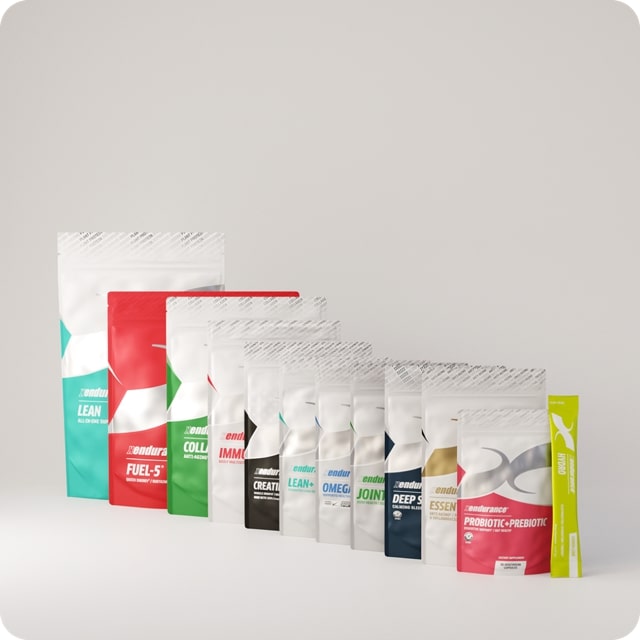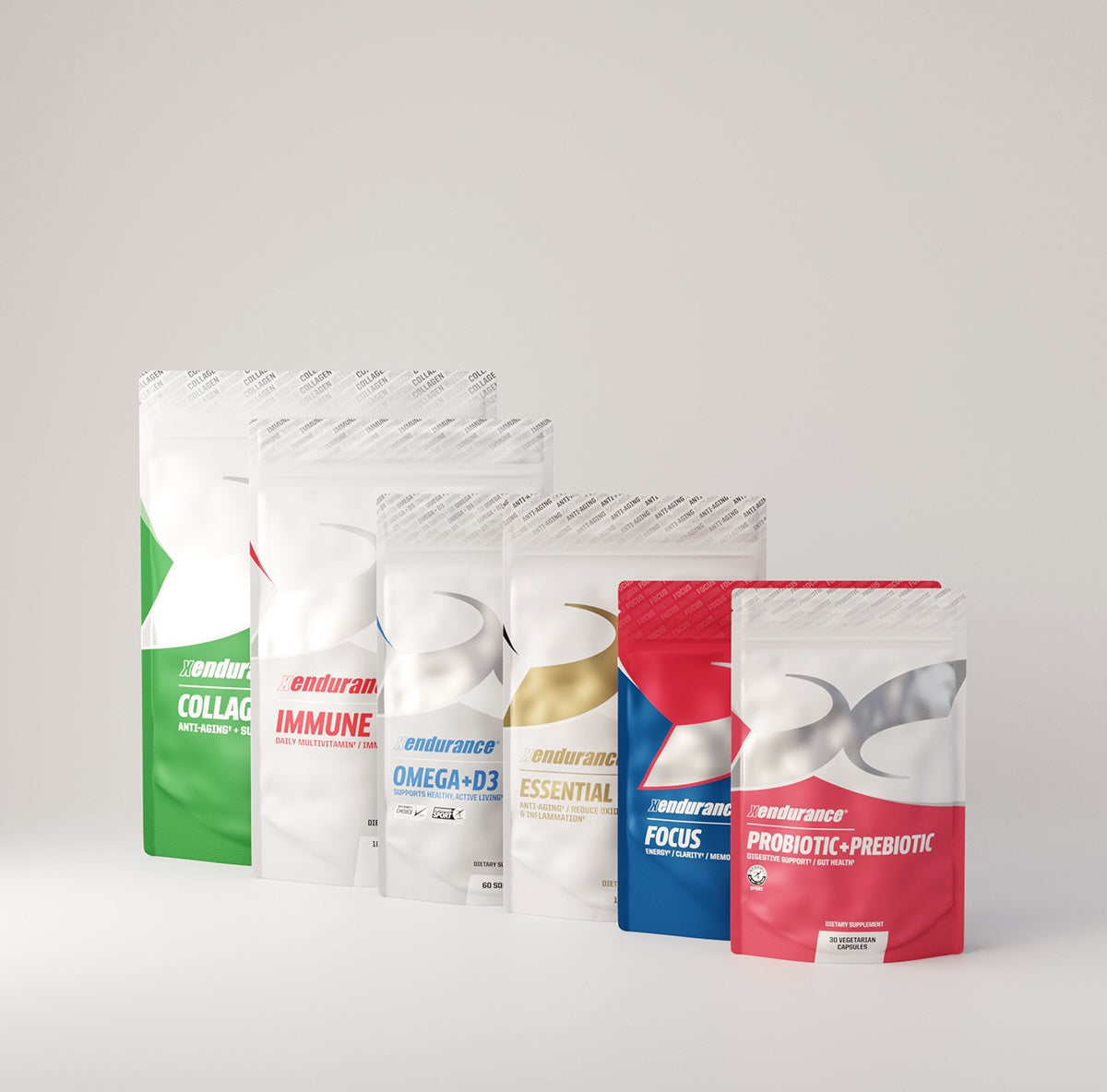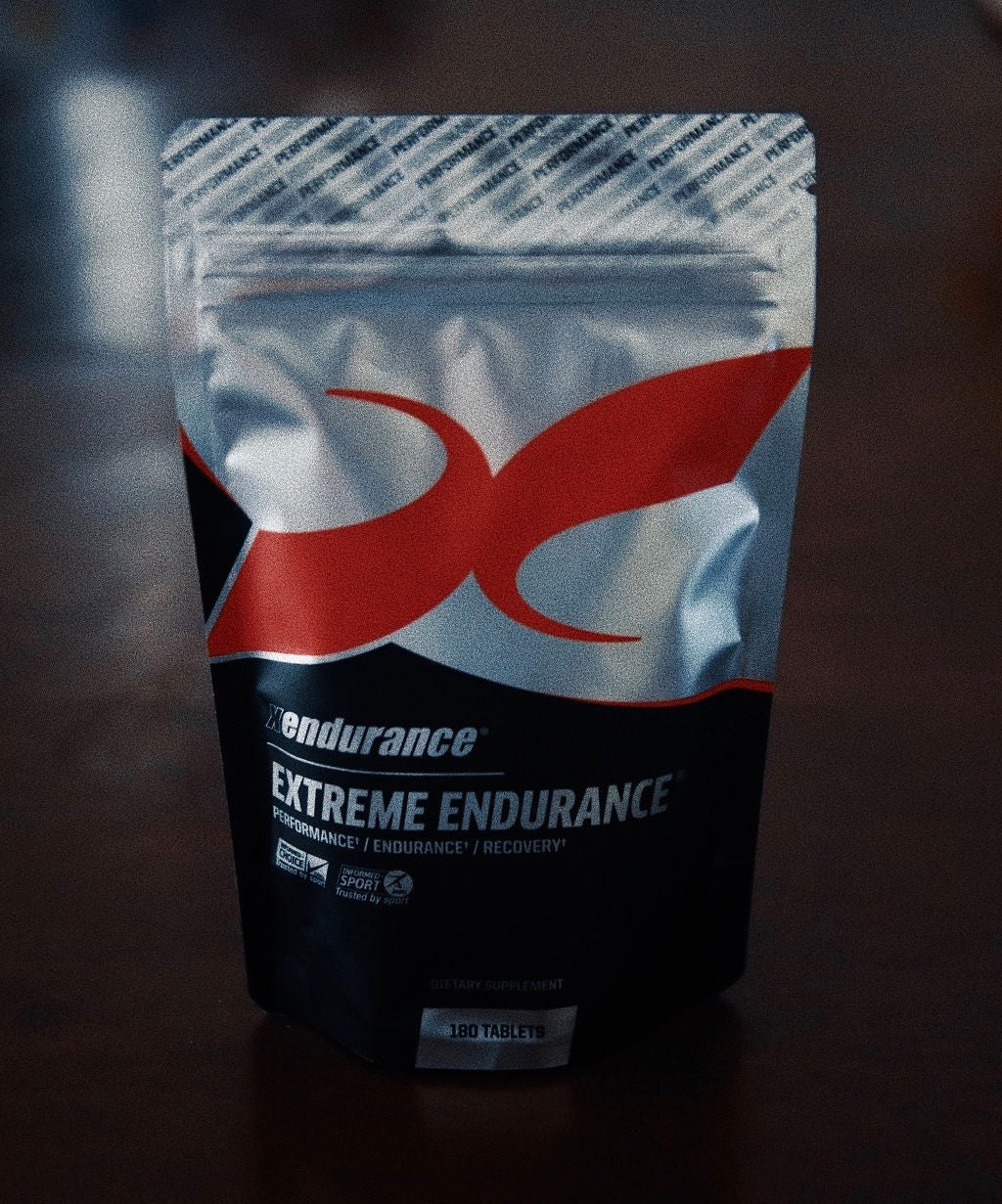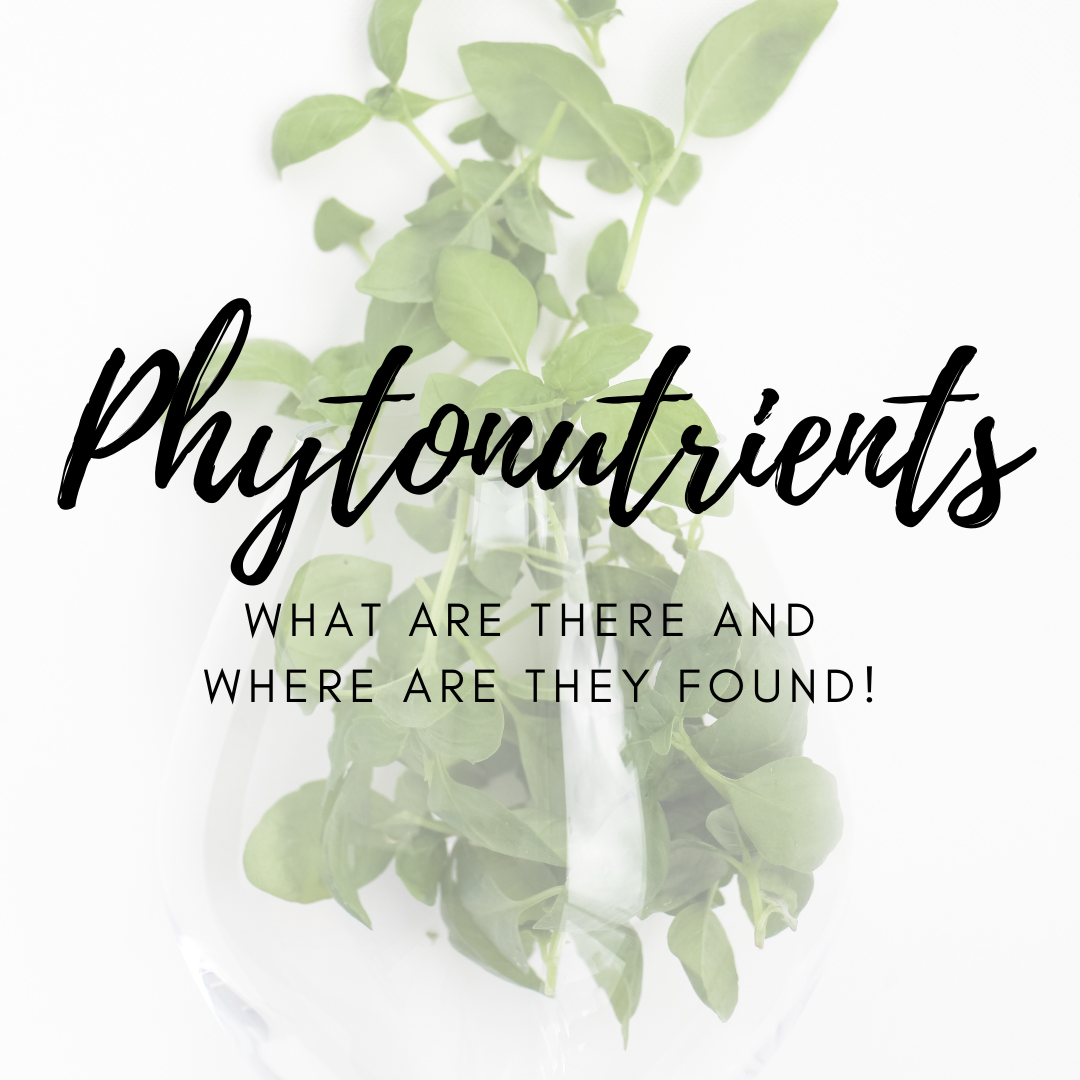Iron is a mineral that is essential for the body to function properly. It helps to form red blood cells, which carry oxygen throughout the body. Iron is also important for athletes, especially female triathletes, as it helps to improve performance and endurance. A question we often get is: "As a female triathlete, how do my iron needs differ from non-athletes and men?”
How Much Iron Do You Need?
How much iron you should be taking in varies for everyone. Absorption and loss rates differ, and issues such as gluten intolerance and irritable bowel syndrome may mean that nutrients, including iron, are not absorbed. Women are more susceptible to anemia or iron deficiency than men. Thus iron recommendations are higher for women, especially those of childbearing age. The general recommendation for women is 18mg per day. Teenage males should be getting 10mg, while adult males (and post-menopausal women) need 8mg.
Iron is an essential component of the oxygen-carrying proteins hemoglobin (in red blood cells) and myoglobin (in muscle cells). So a deficiency in iron means that not enough oxygen reaches working cells. If left unaddressed, deficiency can progress to anemia, persistent fatigue, pallor and a weakened immune system.
What Is Hemolysis?
In addition to blood loss, iron is lost via urine, feces, sweat and foot strike. Every time your foot hits the pavement, red blood cells are destroyed (this natural death is called hemolysis) and means that distance runners and triathletes may be more susceptible to iron deficiencies. And although only small amounts are lost in sweat, hard-working athletes may accumulate a significant loss over hard training blocks. Those training at altitude have additional iron demands, and should have their iron levels monitored. To replace your lost iron, you must increase your dietary intake.
How To Increase Your Iron Intake?
Iron is found in foods in two forms: One type (heme) is easily absorbed by the body and is found in animal based proteins (meats, fish, poultry, eggs), while the other (non-heme) is found in plant foods, and with this type a smaller amount of actual iron is absorbed by the body.
Omnivores: Include lean red meat, poultry or fish several times a week. For a more concentrated iron hit, consider trying livers and kidneys (considered a delicacy by many gourmands). Clams, oysters and caviar are other good picks. Include vegetables or fruit with your iron-rich meals because vitamin C aids absorption.
Vegans and Vegetarians: The best plant and nut sources of iron include pure cocoa, dried herbs, spinach, legumes, cashews, almonds, dried apricots and raisins. Many foods, such as cereals, breads and dairy products, are fortified with iron. Cooking vegetables increases the amount of iron that can be absorbed.
Note that tannins in tea and coffee interfere with absorption, as can soy, phytates and fibre from whole grains such as bran. High amounts of calcium and phosphorous also reduce the amount of iron absorbed from plant sources.
Are You Iron Deficient?
If you think you might be iron-deficient, request a blood test from your doctor. Work with a physician or nutrition expert to improve your iron intake or supplement if necessary. However, over-supplementing or supplementing without true need carries its own health concerns, so make sure you’re getting the right amount.









Leave a comment
This site is protected by hCaptcha and the hCaptcha Privacy Policy and Terms of Service apply.